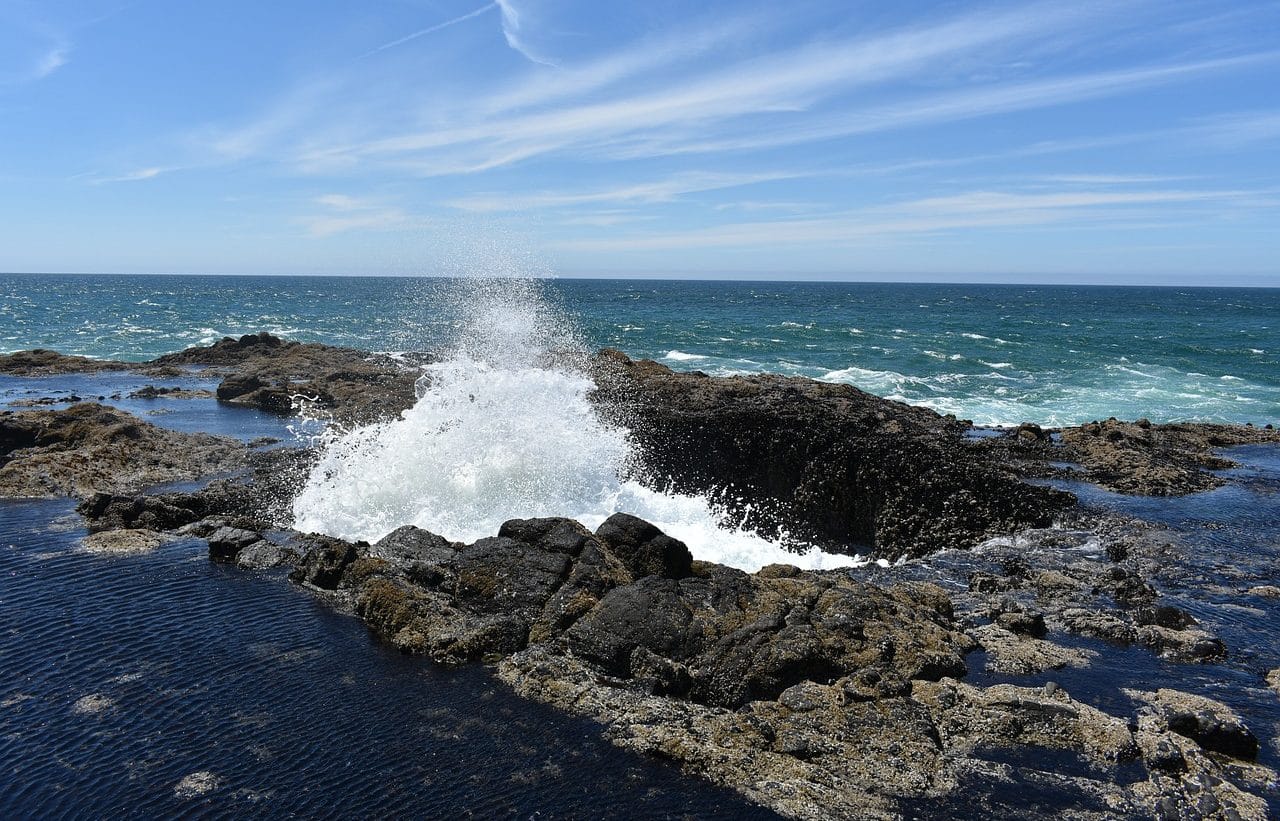
A sinkhole is a geological structure that allows water to sink.
Sink is the name of the channel that receives water from rain or some type of surface current. The term is linked to the verb sumir , which refers to submerge or sink.
The sink, therefore, allows the waters to be submerged . Generally it is a circular depression that, at a geological level, is known as a sinkhole . Sinkholes usually form on limestone surfaces, have a variable depth and have steeply sloping walls.
The action of the water itself causes the subsoil to erode and lead to the formation of a cave . As the water seeps in, the roof of the cave collapses and the sinkhole is created. It is important to highlight that underground rivers feed on the sinkhole, increasing their flow thanks to its water.
Natural sinks
There are several natural sinkholes that exist on the planet and that have become well known for their spectacular size or the functions they perform. Among the most important we can highlight the following:
- Bimmah . It is one of the most spectacular in the world, located in Oman , since it has the particularity of having an underground tunnel of approximately 500 meters that has become a place of charm for diving enthusiasts. And it not only communicates with the sea but has a perfect mix of fresh and salt water.
- Sima Humbold Cave . Of all the sinkholes of this type that exist, this is the most important since it has the greatest depth of those known, a total of 350 meters. It is located in Venezuela .
- Zacaton . It is located in Mexico , it is full of water and has a depth of approximately 339 meters.
- Dead Sea Sinks . Although it has not been possible to rule with absolute clarity, we can say that it is considered that there are more than 3,000 that exist in that corner of the planet, since the first one appeared at the beginning of the 1980s .

There are many natural sinkholes around the world.
pollution
Sumps are sometimes used to dispose of trash and debris . This action harms nature , since it contaminates groundwater and aquifers. That is why it is important not to turn sinks into waste dumps .
Another measure that affects sinks and causes imbalances in the environment is blocking or sealing . Sometimes, sinkholes are sealed with material to have the possibility of developing constructions over them. When the sinkhole closes, not only is the flow of underground water altered, but it also affects the natural drainage of water, a situation that can cause flooding.
For all this, it is important to protect the drains and keep them clean: this way the chances of the land flooding are minimized.
Carbon sinks
In addition to all of the above, we cannot ignore the fact that the well-known Kyoto Protocol establishes that various activities that are carried out using the land or that revolve around it are also considered carbon sinks .
Specifically, a sink of this type is considered to be the process or system that involves the extraction of gas from the atmosphere and its subsequent storage. Plants , due to their vital functions, are carbon sinks.
